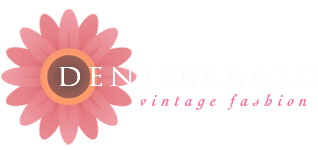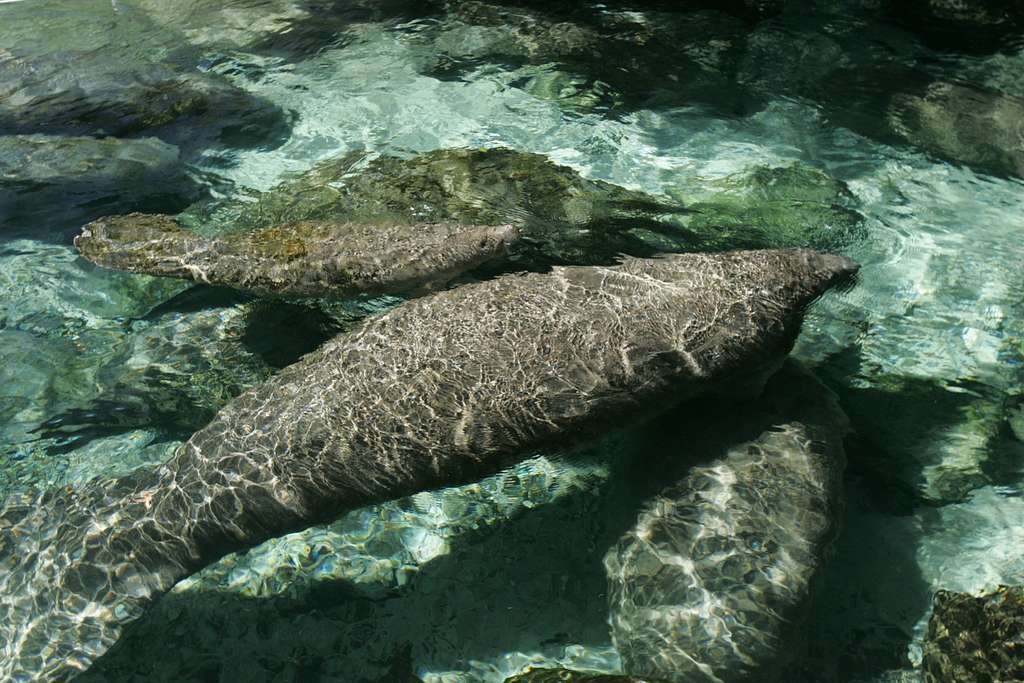Did you know the fashion industry is one of the biggest polluters on the planet? This Earth Day, as we reflect on our impact, it's more crucial than ever to make sustainable choices. And for denisebrain, this Earth Day is extra special—it marks my business’s 26th anniversary of offering a sustainable alternative through vintage fashion. Over the past 26 years, my customers have purchased 10,397 items from me, diverting them from landfills and proving that style and sustainability can go hand-in-hand.
I admit, this Earth Day feels different. While I celebrate 26 years of sharing my passion for vintage, I can't ignore the challenges facing our planet, including climate change, waste and pollution, deforestation and biodiversity loss. What’s one person to do? I have a few suggestions.
This Earth Day, let’s renew our commitment to rethinking our relationship with fashion. Here are a few actionable steps we can take:
Support a local shop, thrift, trade with a friend or buy from a sustainable seller. Local shops often source more ethically and reduce transportation emissions. Thrifting extends the life of existing garments. Online vintage sellers are nearly entirely small business owners offering sustainable fashion.
Learn a new mending skill. A torn seam, a fallen hem—even replacing buttons or zippers in a vintage manner. Extending the life of our clothing is a direct way to reduce textile waste.
Next time you need a new jacket, pair of jeans, or bag, consider the vintage equivalent. Choosing vintage avoids the creation of new items and their associated environmental impact, and you might find a unique, high-quality piece you truly love.
Buy one fewer item and find a new way to wear what you already have. Conscious consumption is the cornerstone of sustainable fashion. Plus you will become more creative in your sartorial choices!
I wrote my book Wear Vintage Now! Choose It, Care for It, Style It Your Way to guide readers in making good purchases and caring for their vintage finds. I have been told that the tips and resources about which I wrote have help extend the life of garments, and the suggestions I make for wearing vintage have opened up possibilities. That’s exactly what I had hoped.
The environmental cost of fast fashion
A conscious alternative to fast fashion
The true cost of fast fashion has never been the small price tag, but the hidden environmental costs—water pollution, textile waste and carbon emissions—along with the human cost of forced labor and sweatshop conditions. Compare that to the circularity and lower impact of vintage.
More than ever, vintage fashion is not just a style choice, but a conscious decision against fast fashion, over consumption and the environmental damage it causes. Choosing vintage is a small act of defiance, a way to opt out of the cycle of disposability.
What I appreciate even more about vintage fashion after all these years is the legacy of design, craftsmanship, and durability it represents. The quality and longevity have proven that, with proper care, these clothes and accessories can continue to be loved and worn for many more years.
Even with the challenges facing our planet, I'm hopeful. Each vintage piece saved is a victory, and I'm committed to continuing to offer a collection that empowers people to make conscious choices, one beautiful garment at a time. I also believe in giving back directly. That's why a portion of every purchase supports Save the Manatee Club (over $20,000 raised!) and One Tree Planted (430 trees planted), ensuring that your vintage finds have an even greater positive impact on the environment. Join me in making a difference! Choose vintage, choose sustainability, and choose a brighter future.
Choose vintage fashion instead
What are your plans this Earth Day? If you're looking for a unique and sustainable addition to your wardrobe, I invite you to browse my Etsy shop, where everything is 20% off through tomorrow.























































































